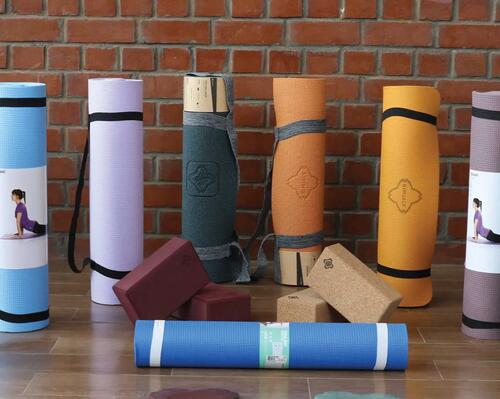When yoga blocks were first introduced, they were made of wood, specifically bamboo wood.
Today, you will find yoga blocks made of different kinds of wood, such as pine, birch, bamboo, balsa, and poplar. Wooden blocks are hard and heavy.
However, they are extremely stable and very sturdy. If you like practicing yoga at home, you should pick up a couple of wooden blocks for yourself.
Wooden yoga blocks are very durable but they are also slightly pricey. Another downside is that they can be a little slippery if you touch them with sweaty hands.
We will also not recommend them if you have hardwood floors because they may slide around and damage your floor.
We recommend the wooden yoga block if you want to buy a yoga block made of wood for your practice.









